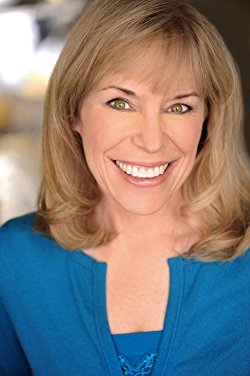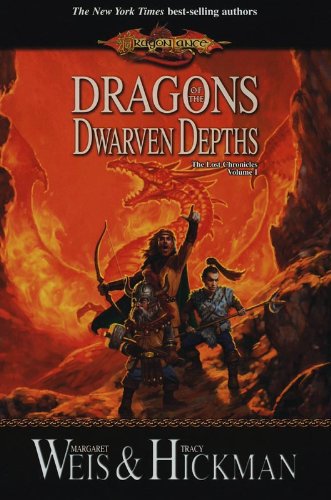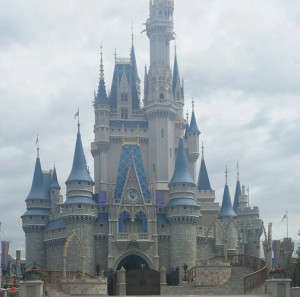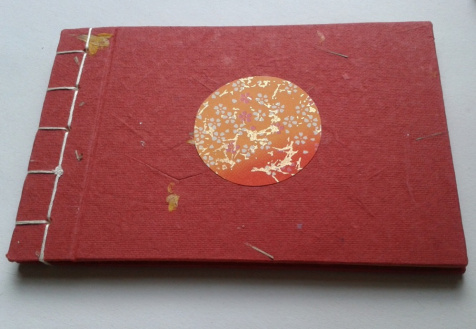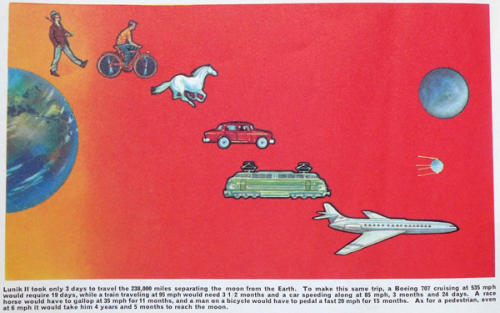
On this eve of Earth Day, 2017, with marches for science scheduled tomorrow in cities around the US, I got to thinking about science books for kids, and what they’ve meant to me.
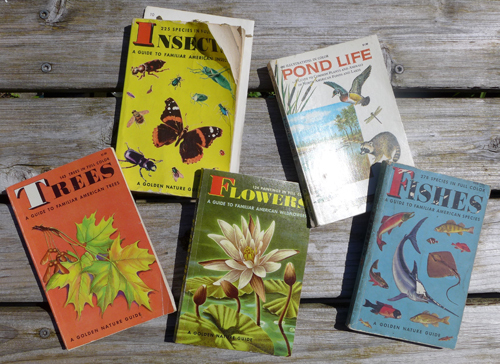
It’s important for children to see real worlds as well as imaginary ones. They can be equally wondrous. Children love stories. Science is the narrative of the universe.

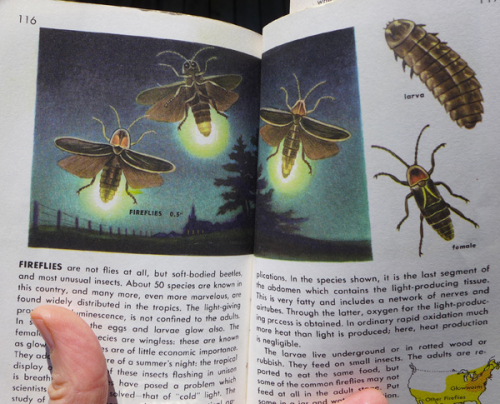
Looking through my science books as a child, I dreamed of seeing cardinals, and fireflies, and the Northern Lights. A bright red bird, a bug that lights up, colors in the sky – they seemed like magical things, in spite of being real.
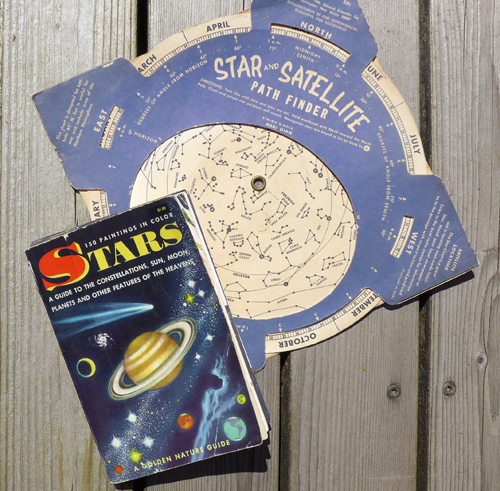
I still have some of my childhood science books, and I’ve added a few more. I continue to use them as reference for my work.
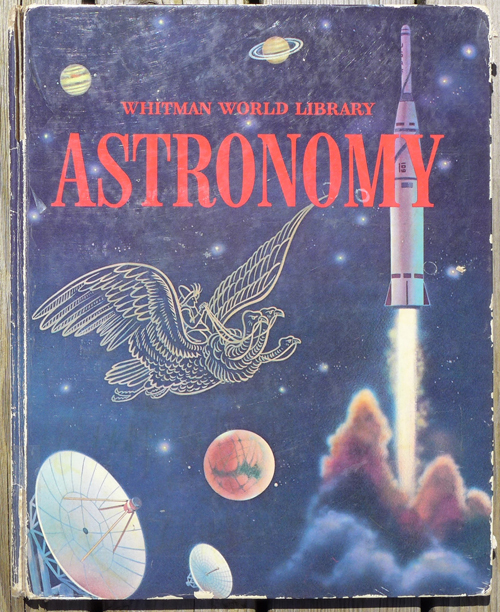
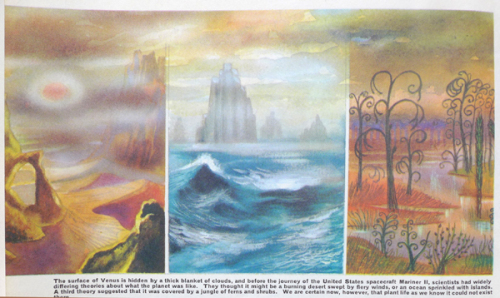
Even though I spent a lot of time making things and drawing pictures when I was growing up, I also loved reading about insects and dinosaurs and rocks (I lean towards biology and geology). My family and I went on rock hunting expeditions in the California desert. When asked when I was five what I wanted to be when I grew up, I said An Archaeologist. I did eventually go on to get a degree in anthropology (as well as art).
This is my parents’ fossil book that I poured over as a kid. Fossil hunting continues to be my idea of Big Fun.
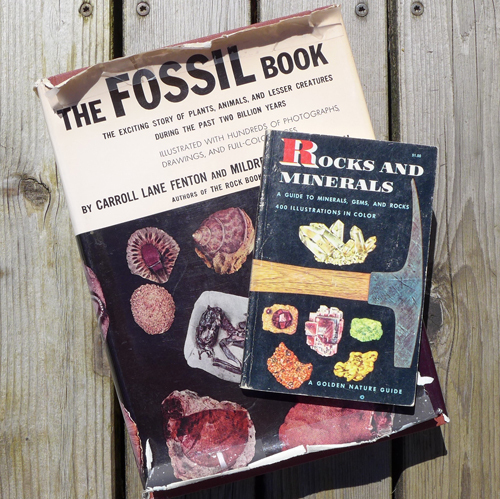
There are wonderful books on scientific topics being published every year. My daughters both loved Cactus Hotel and Spoonbill Swamp, by Brenda Guiberson, illustrated by Megan Lloyd.

Douglas Florian writes and illustrates quirky poems about areas of science. I especially enjoy his Comets, Stars, The Moon, and Mars.

The Minor Planets
Sometimes known as asteroids.
Sometimes called the planetoids.
They always help to fill the void.
Tween Jupiter and Mars.Named for sweethearts, daughters, sons.
Some are small as breakfast buns.
Others larger, weighing tons,
But none as grand as stars
Florian knows how to be both funny and informative without either getting in the way of the other.
Several years ago I bought a book on the work of Charlie Harper. When I first saw the book I felt a pang of nostalgia. He was an illustrator in the later half of the twentieth century and created the images for The Giant Golden Book of Biology. I must have read that book at some point, because looking at his work gave me flashbacks of being in grade school.

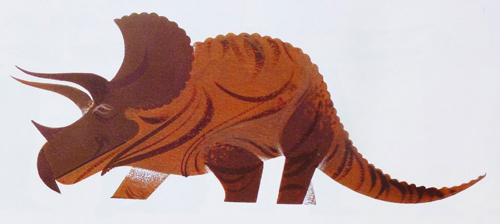
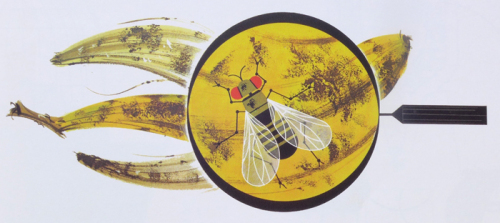
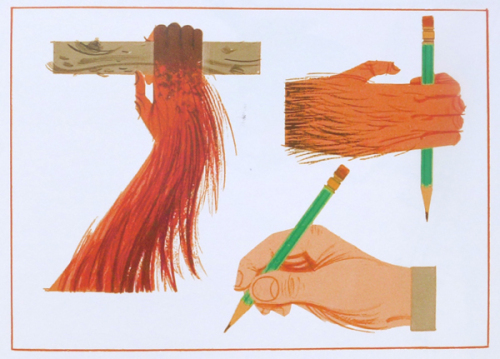
You may recognize Harper’s work from recently produced coffee mugs and calendars. I have bought fabric with his birds on it. He is having a posthumous revival of sorts. But some of his most beautiful and innovative images are his illustrations about science.

Science is a varied and expansive topic. That is good, as there is something to spark interest in just about anyone. I applaud all authors, illustrators, teachers and parents who find inspiring and creative ways to introduce young people to the wonders of science. Let’s make sure students continue to have access to a wide range of scientific ideas, exploration and knowledge in the future.
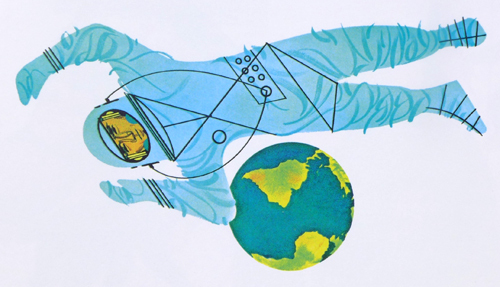
- More

